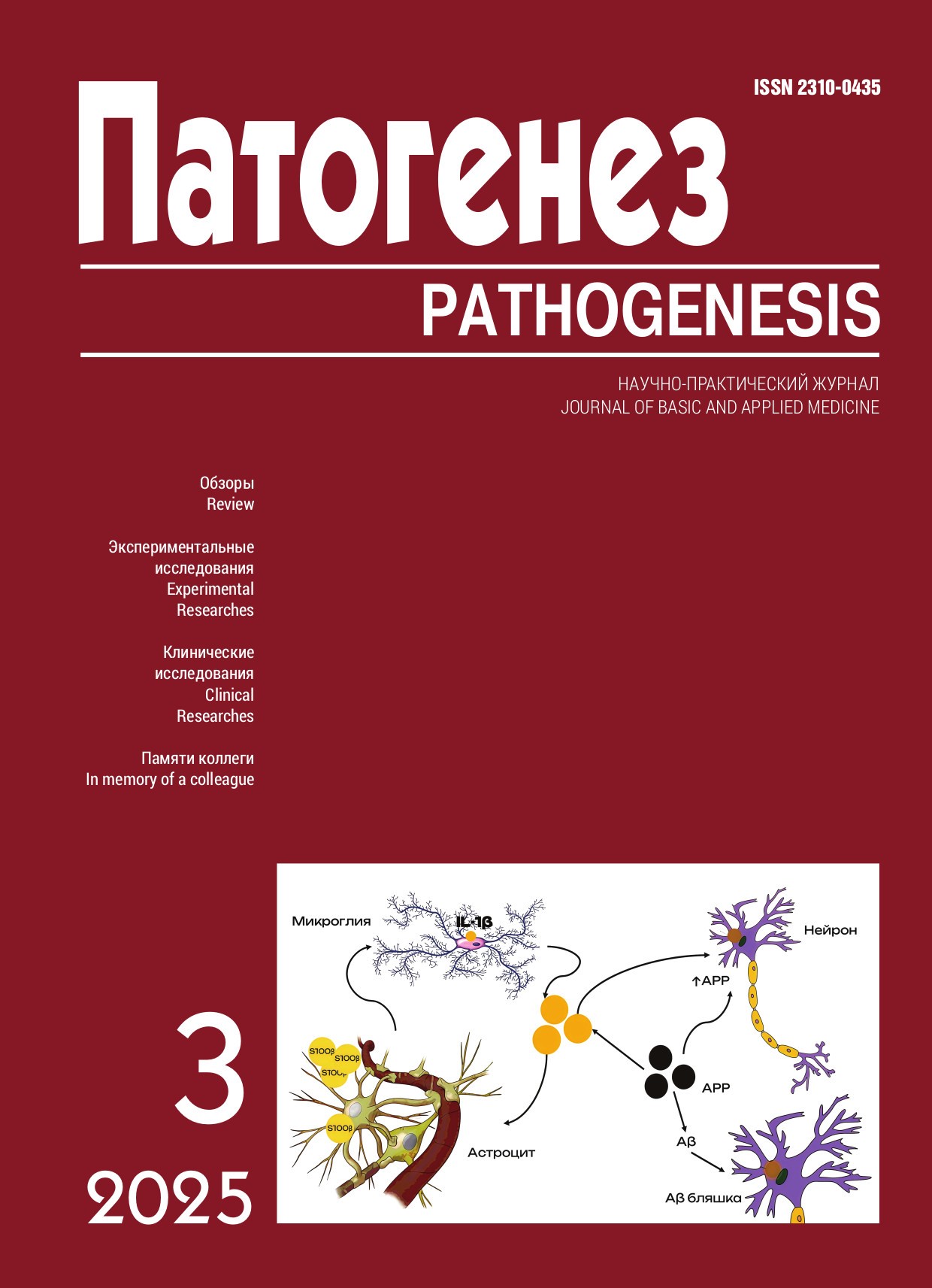Imbalance of lipopolysaccharide-binding systems in type 1 diabetes mellitus or new prospects for the prevention of complications
Abstract
The number of patients with type 1 diabetes mellitus (DM1) in the Russian Federation has reached 277.1 thousand and continues to grow. Chronic hyperglycemia causes oxidative stress, damage to the intestinal barrier and translocation of lipopolysaccharide (LPS) of Gram-negative bacteria into the systemic bloodstream, which forms a state of “metabolic endotoxinemia”.
Objective. To evaluate the state of LPS-binding systems (LBP, BPI, sCD14) and their influence on the risk of macro/microvascular complications of DM1.
Materials and Methods. We examined 92 patients with DM1 and 42 healthy donors (control). The levels of LBP, BPI, sCD14 and CRP in blood plasma were determined by ELISA method. ROC analysis was used to assess the prognostic significance of markers.
Results. Patients with DM1 showed increased levels of LBP (5.76 [4.37;8.65] mg/L vs. 1.05 [0.33;1.78] mg/L; p < 0.001), marked decrease in BPI (57.0 [56.0;136.5] pg/mL vs. 395.0 [145.0;895.0] pg/mL; p < 0.001), increased sCD14 levels (10.4 [7.0;24.3] pg/mL vs. 1.36 [0.88;2.41] pg/mL; p < 0.001), and increased CRP (0.81 [0.43;2.07] mg/L vs. 0.15 [0.09;0.31] mg/L; p < 0.001), relative to the control group. ROC analysis showed that LBP levels ≤5.65 mg/L were associated with risk of AH (AUC = 0.771; p = 0.014; sens. 80%, spec. 70.8%). Levels of LBP ≤6.81 mg/L and sCD14 ≤10.6 pg/mL were associated with the risk of diabetic nephropathy (AUC = 0.740 and 0.702; p = 0.042 and p = 0.048).
Conclusion. The imbalance of LPS-binding systems (increased LBP/sCD14, decreased BPI) and "depletion" of their functional activity are the key factors of endothelial dysfunction and vascular complications of DM1. The threshold values of LBP and sCD14 may serve as predictors of AH and nephropathy development.




